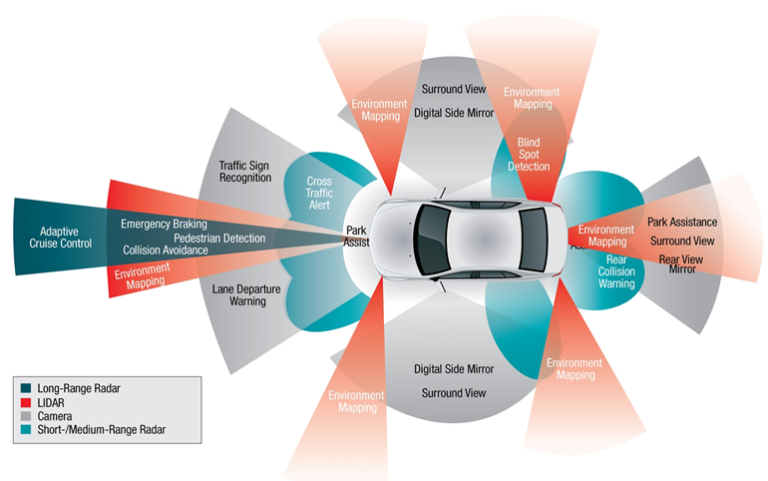Autonomous Vehicles and Machine Learning
Imagine a world where vehicles navigate city streets and highways without human intervention, passengers relaxed, and traffic accidents nearly eliminated. This futuristic vision is becoming a reality thanks to the marriage of machine learning and autonomous vehicles. Have a peek into the fascinating world of self-driving cars, the critical role that machine learning plays in…




